On a trip to Cape Town I decide to join the tourists and take a trip out to Robben Island. It was opened in the late 1990s as a tourist destination, but I’ve always flown in and out of the Cape in a monumental hurry, the island lying out to sea marked into a future agenda.
I purchase tickets at the Nelson Mandela Museum Gateway, located in the Cape Town Victoria and Alfred Waterfront. You walk through tourist-kitsch shops, and get mistaken for a tourist. Perhaps it’s the big camera you’re lugging. When you discover that your camera’s batteries are dead and rush into a camera shop to buy more , the salesman informs you that you can go reclaim VAT at the shop upstairs. Smiling and saying no, I’m from here, I mean South Africa, well Johannesburg, as though Johannesburg were really a foreign country and we both smile together as the man says, “You’re lucky. We’re lucky to live in such a country, aren’t we?” Aren’t we.
The first taste of Robben Island comes in the mini museum at the Gateway. Waiting to board the ferry, I rifle through the past. Opening up a cabinet I find old notebooks kept by the prisoners, there are old accounts: R20-odd collected by them for a prison jazz club in the 1960s.
The ferry leaves. The scenery is picturesque: from the bulk of Table Mountain forming a backdrop to the working harbour, to the prettified buildings in colourful pastels, Victorian style. Cape Town’s famous miserable winter hasn’t arrived, the weather is mild, the sun out.
The boat dips and dives toward the island, a journey of a half an hour.
Once on the island, it’s off the ferry and onto a bus for a guided tour. Our guide, 21-year-old student Craig van der Horst, is enthusiastic, witty and extremely knowledgeable. Life was harsh for prisoners on the island, of course, it was meant to be. Visits by family members were sometimes allowed once a month, sometimes only every six months. They lasted 30 minutes, and the conversation could only be conducted in English or Afrikaans. A guard was always present, and the prisoners weren’t allowed to discuss prison life or conditions, or any other prisoners. Their subjugation began the moment they arrived on the island. They were already chained at the ankles, short men paired with tall so that the chains chaffed, making their ankles bleed, humiliating them from day one, a painful introduction to life as a prisoner.
A brief history of Robben Island follows, from leper colony from 1846 to 1931, to prison. There is a leper graveyard that serves as a reminder of those who were banished here. When Craig asks if anyone knows who Robert Sobukwe is, only the handful of South Africans raise their hands.
“It’s a sad story,” says Craig, “he has been forgotten.” Sobukwe was responsible for organising the mass rally to protest against the carrying of passbooks that turned into the Sharpeville massacre on March 21 1960. It was a strong show of defiance against the apartheid government, a turning point. The struggle went underground, became militant, and the eyes of the international community were opened to the brutalities that were taking place. Sobukwe was arrested, and kept on the island indefinitely. It was that first time that parliament introduced a law that would ensure he was kept there. He was not allowed contact with anyone except parliamentarians, who would make yearly treks to persuade him to apologise and renounce his ways in exchange for his release. When he didn’t, they would extend his stay. Four years of silence damaged his vocal cords. Sobukwe died of cancer.
Past the leper graveyard and onto the small village. There is, of course, a Church Street, as there is in every town in South Africa. The village housed the children of the warders, and a primary school was built to educate their children. From 1963 only white wardens were allowed to work on the island. You begin to wonder who these wardens were. What were their children like? What was it like to live on a prison island – never seeing the prisoners, yet always aware of what must have seemed a hidden menace?
A church built by Sir Herbert Baker in 1895 still stands in stone grandeur, now owned by the Anglican Church. An older church, the Garrison Church, built in 1841, is a popular wedding venue today. There’s a twinkle in guide Craig’s voice as he says: “Last year 28 people got married there on Valentine’s Day.”
The old Commissioner’s Residence, in cheery red and white, is now a guest-house. “So if you miss the ferry you’ll be quite comfortable,” says Craig.
And then there are the animals. There are four frustrated male ostriches without a mate. Buck roam. Parts of the island are now restricted sites, hence we’re not allowed off the bus. A nature reserve for the African oystercatcher bird. A lighthouse built 30m above sea level hasn’t always prevented shipwrecks. Prisoners tried to escape. One man tried three times and was caught on the other side every time.
The lime quarry was where prisoners like Nelson Mandela, Ahmed Kathrada, Govan Mbeki and other political prisoners, housed in Section B, toiled in blinding glare, with no protection, damaging their eyesight.
“Today Mandela cannot cry because his tear ducts are damaged, and you can’t use a flash when photographing him,” Craig tells us. Guards patrolled the piercingly white quarry; a policy of shoot to kill existed. The toilet was a hole in the wall, a confined space where, everyday 32 prisoners relieved themselves, uncovering each others’ waste. Yet more humiliation and degradation. They worked and slept in their clothes. Now empty, but still emitting a blinding glare, the place feels harsh, forbidding, lifeless. You could just about imagine the prisoners still toiling, the guards patrolling as Craig describes it.
“This was the birthplace of the new South Africa,” Craig intones. “In the quarry they had contact that was denied to them in the cells. They gave each other hope. They were planning the new South Africa.” Pause. “This is the birthplace of the new South Africa. Welcome to parliament.”
A silence on the bus. Has Craig gone too far now? This has become theatre, it’s slightly uncomfortable, not propaganda exactly, but something mawkish, fawning, adulatory. Once inside the prison, a former inmate Glen Ntsoelongoe, prisoner No 3884, takes over the tour. Standing in the cold blue stone courtyard Glen addresses a too-large group, of mostly foreign tourists.
Robben Island was used for only political prisoners, the minimum sentence was five years, the maximum was life. White political prisoners served time in Pretoria. Up to 60 prisoners shared a communal cell. The section we’re standing in, outside Section B, was known as the “high command”, the place where Mandela and the other Rivonia trialists had their cells. The walls of the courtyard are built from “blue stone”, mined on the island, which lends a cold, grim prison-like feel to the courtyard.
We are finally taken inside, to see Mandela’s famous cell, Block B, number five. It’s a small, cramped cell, like all the others, wide enough for an iron bed, the length just about equal to that bed. There are cold, green bars, a grimy blanket still covers his bed. I take some really bad photos, there’s too much jostling and elbowing. The foreign tourists stand in front of the cell and pose for portraits. It feels like a travesty. This was a man’s cell; he was incarcerated here from 1964 to 1982. And here are these tourists smiling happily for the cameras, wanting this as a memento, as proof of their visit: photos in front of the great man’s cell. It feels sick. I walk away in disgust, my friend following me. We have no desire to pose and smile. Perhaps it’s because we’re South Africans, and lived through and remember the apartheid that allowed this prison cell to exist. We can only try to understand the tourists – for them this is another stop on the agenda of things to do while in the country. There are no memories for them. I wonder if we’re being oversensitive.
When, days later, I finish reading the novel The Boy Who Loved Anne Frank, by Ellen Feldman, I find an echo of what we have experienced. The novel tells the imagined story of what would have happened had Peter van Pels, one of those who hid in the Secret Annexe with Anne Frank, had survived and immigrated to the US. In a scene towards the end of the book Peter visits the Anne Frank Huis in Amsterdam, and it all feels wrong. Instead of silence, people whispering and the stench of fear, there are gawkers tromping loudly through the cramped annexe, gaping in awe. Outside a young girl poses next to a statue of Anne Frank. For Peter this is all still wrong; for him this place means so much more than a tourist site. To a lesser degree, certainly, that’s what two South Africans feel looking at tourists being snapped in front of cell number five.
The tour is rushed, and we hardly have a chance to get a feel of this grey place. We have little time to peer in the cells, to wonder what life must be like when freedom is taken away from you. There are photos of previous occupants, and their stories. In Saths Cooper’s cell (1976 to 1982) I see a single tatty brush displayed and the story behind it: “It was a problem getting this brush because the prison authorities only allowed combs to be brought in. I had to make application after application until, eventually, in my second year of imprisonment on Robben Island, they took an order for a hairbrush and it is a fairly hardy brush, appropriate for Robben Island weather.”
Other stories: refusing to dig in a particular quarry results in having privileges denied for a year, and isolation from other prisoners. Tokyo Sexwale’s cell (1978 to 1990) has a soccer ball mounted in a wooden grip. Referring to the popularity of sport in the prison, he writes: “This thought, that we are part of the global village, our isolation notwithstanding, was the driving force of our existence.”
But there’s little time to really read the plaques. I rush on, with the rest of the group. Glen takes us to the communal cell where he was incarcerated with others. There’s a board detailing the differences in food rations for allowed for “Asiatics/Coloureds”, the B group, and the “Bantu”, the C group. Breakfast is the same for both: but fat is an ounce for B group and half an ounce for blacks. The disparities continue: six ounces of meat for the coloureds, five for the blacks. Jam syrup was denied to the blacks, sugar was also regulated, two ounces for all except the blacks, they have to make do with one and half ounces. Who made these arbitrary decisions? No mention of fruit or vegetables, and the only protein those ounces of meat.
Guide Glen shares a small part of what life must have been like. He says: “We were only allowed to write one letter a month of 300 words, in English or Afrikaans. As in the visits, no political mention was allowed in the letters. Censorship of them was by scissors or blackout with a marker. You weren’t guaranteed 12 letters a year – it was up to the head of the prison whether to post that letter. I had only four visits in the time I was here, from 1984 to 1991. But I wrote and received lots of letters.”
Soweto-raised Glen left for Botswana at the age of 15, joined the ANC in Tanzania and was trained in guerrilla warfare and the use of explosives. In 1983 he and a team had instructions to infiltrate South Africa. But it turned out that the supposedly “safe house” was swarming with security personnel. Glen was captured and tortured for six months.
“Torture didn’t keep regular hours. It could happen at 2am, 9am, 5pm. We were kept naked as it took too much time to take our clothes off. I don’t remember a day I was not bleeding. “We were charged with treason. We knew we were going to be found guilty. I was sentenced to 25 years. I came here on December 23rd, 1984. Life was never the same again. “I left here on May 17th, 1991. I continued working in the ANC. In 2003 I came here to do this job, to be a guide. I stay on this island for some reason. I have no regrets. This had to be done or I would only be leaving in 2009. That would have been a very long time.”
We stream out to catch the ferry back. We want to take a look in the souvenir shop and find it closed, even though it’s before 5pm. The shop assistant slams the door in our faces. We’re shocked, outraged. Robben Island is a sad place to be: the sadness seeps out everywhere. It underscores the visit, lies around us like a cloud. As the vista of blue sea spreads before us it is disturbing to think of what had been going on here while people like us were leading ordinary, unfettered lives.
(Published in The Sunday Independent, July 2006)
Monday, February 16, 2009
Subscribe to:
Posts (Atom)
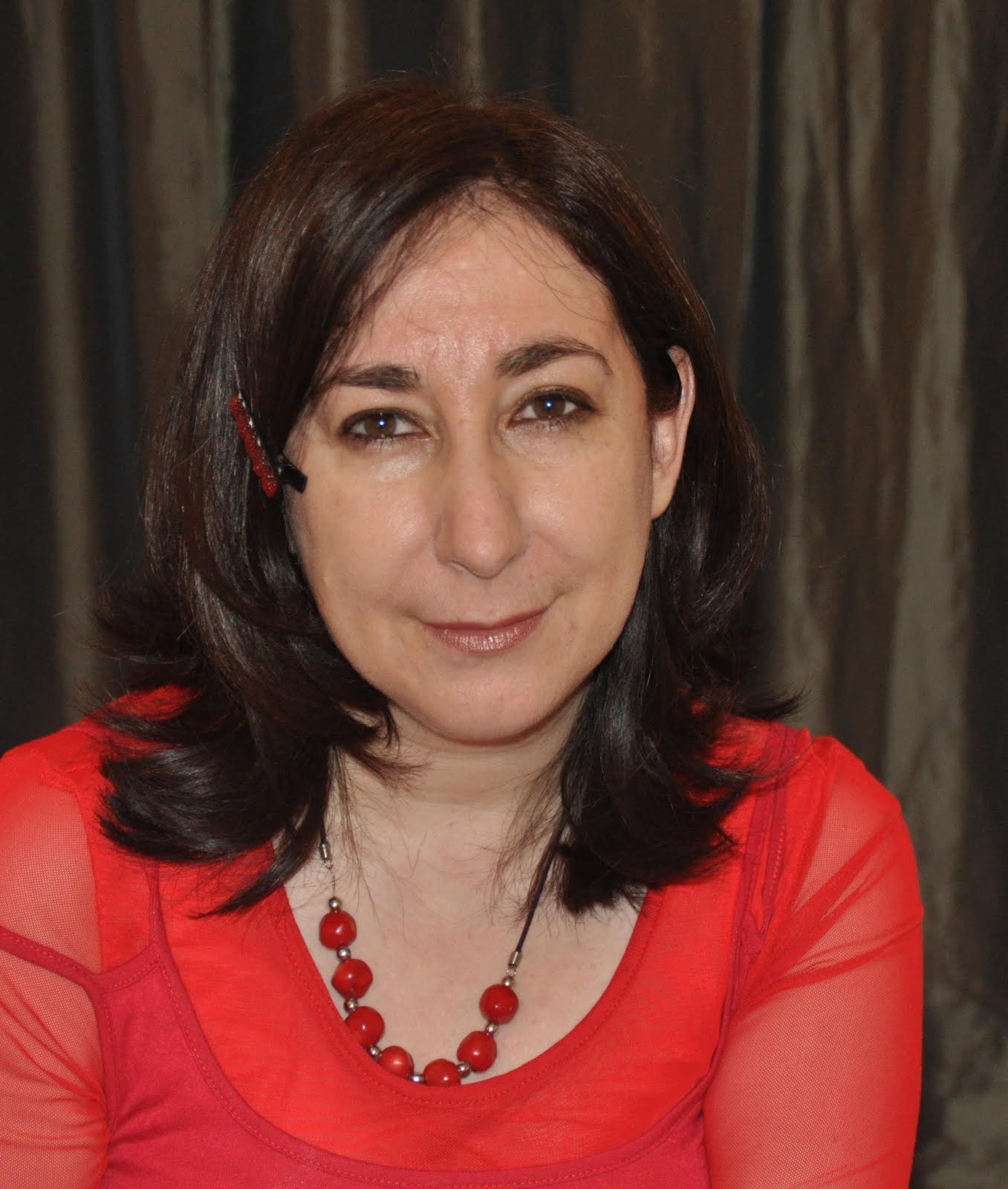
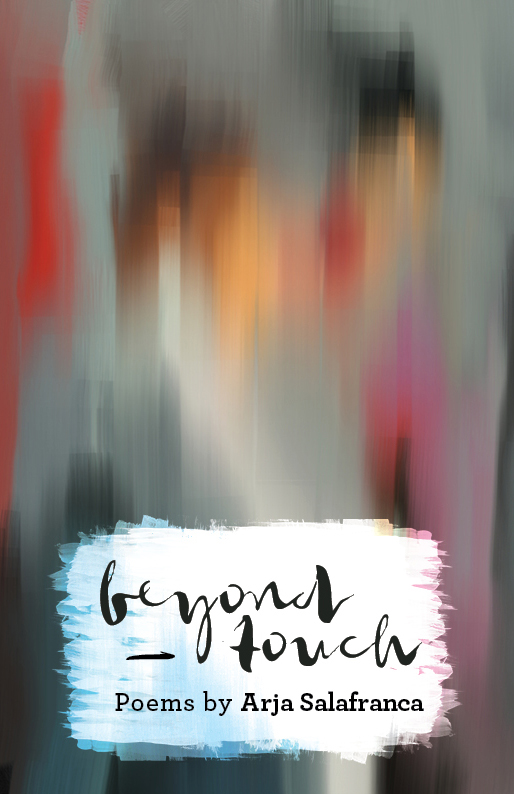
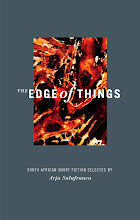
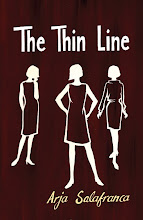
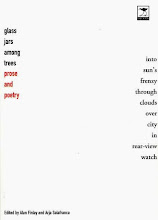
.jpg)
